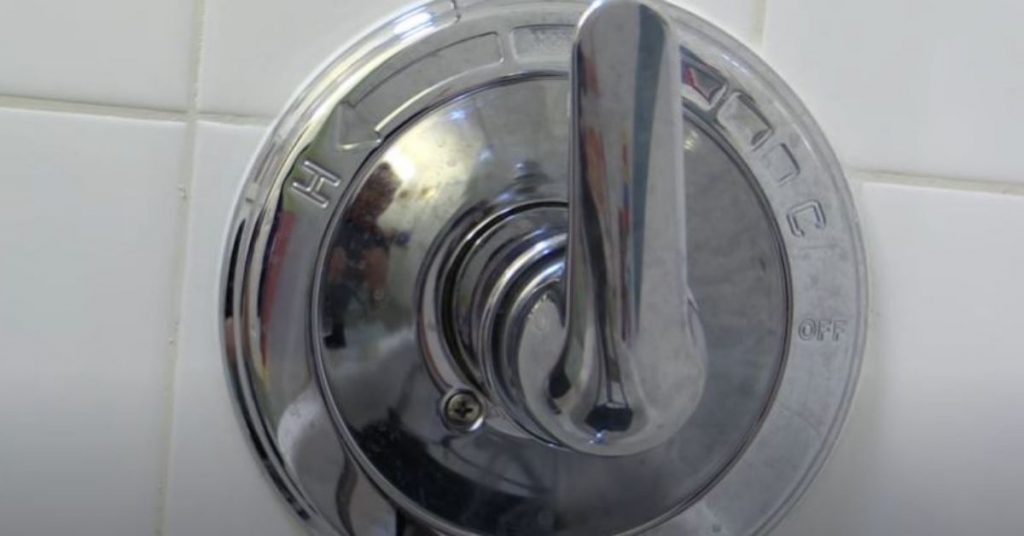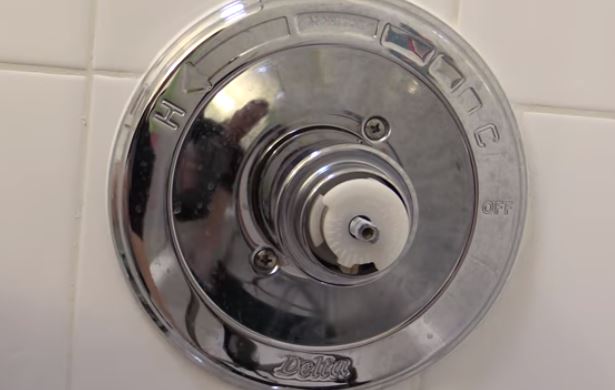
The main difference between a pressure balancing and thermostatic shower valve is that a pressure balancing valve alters the shower output by adjusting the water pressure while a thermostatic valve alters the shower output by adjusting the actual water temperature.
Thermostatic vs. Pressure Balance Shower Valves
- Functionality:
- Thermostatic Valve: Maintains a consistent water temperature, regardless of fluctuations in water pressure, providing a comfortable and safe shower experience.
- Pressure Balance Valve: Balances hot and cold water to prevent scalding by adjusting flow rates, but it may not maintain a precise temperature if there are pressure changes.
- Temperature Control:
- Thermostatic Valve: Offers precise temperature control and is ideal for households with multiple users or those seeking a luxurious shower experience.
- Pressure Balance Valve: Provides basic temperature regulation, suitable for single users and cost-effective installations.
- Safety:
- Thermostatic Valve: Offers superior safety by maintaining a constant temperature, reducing the risk of sudden temperature spikes or drops.
- Pressure Balance Valve: Provides anti-scald protection but may not be as precise in temperature control.
- Pressure Fluctuations:
- Thermostatic Valve: Handles variations in water pressure without affecting temperature, ensuring a consistent shower experience.
- Pressure Balance Valve: Balances hot and cold water flow to compensate for pressure changes but may result in slight temperature fluctuations.
- Cost:
- Thermostatic Valve: Typically more expensive due to its advanced temperature control capabilities and safety features.
- Pressure Balance Valve: Generally more budget-friendly, making it a popular choice for cost-conscious installations.
- Installation:
- Thermostatic Valve: Installation can be more complex and may require additional plumbing adjustments due to its precise temperature control mechanisms.
- Pressure Balance Valve: Simpler to install and may be a straightforward replacement for existing valves.
- User Preferences:
- Thermostatic Valve: Suited for users who prioritize precise temperature control and enhanced shower experiences.
- Pressure Balance Valve: Ideal for users seeking basic temperature regulation and safety without the need for advanced features.
- Applications:
- Thermostatic Valve: Commonly used in high-end residential bathrooms, hotels, and spa-like showers.
- Pressure Balance Valve: Widely used in residential bathrooms, rental properties, and budget-conscious projects.
- Maintenance:
- Thermostatic Valve: May require occasional maintenance or cartridge replacement to ensure continued accuracy in temperature control.
- Pressure Balance Valve: Generally requires less maintenance, with fewer internal components.
- Regulations:
- Thermostatic Valve: Some regions or building codes may require thermostatic valves for enhanced safety in showers.
- Pressure Balance Valve: Meets basic safety requirements but may not be mandatory in all areas.
Comparison
| Thermostatic Shower Valves | Pressure Balance Shower Valves |
|---|---|
| Expensive | Cheaper |
| Two handle | One handle |
| Offers volume control without loosing water temperature | No volume control without lose of water temperature |
| Set and forget temperature settings | Constant fiddling of the handle to achieve perfect water temperature |
| Water and energy-efficient | Not water and energy efficient |
How a Pressure Balancing Valve Works

A pressure balancing shower valve features one handle, which is in most cases a lever. By turning the handle, you will be controlling both the volume (pressure) and temperature of the water.
Depending on the type of pressure balancing valve model/brand, the pressure of the water is balanced using a sliding disc on a piston or a spool. The sliding disc or spool will move instantly to balance the hot and cold water mix ratio in case there is a reduction in the hot or cold water.
If for instance someone flushes the toilet while you are in the shower, the sliding disc or spool will move to reduce the volume of the hot water to maintain a healthy cold and hot water mix until the pressure of the cold water goes back to normal.
By so doing, the pressure balancing valve will have prevented the hot water from badly scalding you. It also prevents the water temperature from suddenly being cold in case of a sudden demand for hot water elsewhere.
Please note that a shower balancing valve alters the output of the shower by simply balancing the cold and the hot water volumes (pressures) but not actually reducing the water temperature itself. If you turn the handle to the maximum temperature setting, the water flowing out of the shower will be scalding hot if the water heater thermostat is set high.
How a Thermostatic Shower Valve Works

A thermostatic shower valve as it name (thermo) implies works by altering the actual temperature of the water and not the pressure. The valves have 2 handles, one for control the water volume and the other one for controlling the water temperature.
Thermostatic shower valves have a wax element that expands or contracts in relation to the temperature of the incoming water. These valves are better at water temperature control than pressure balancing valve with an accuracy of +/- 1 degree unlike pressure balancing valves which have an accuracy of +/- 3 degrees.
With this valve, when the water temperatures exceeds the set level, the element expands to reduce the flow of hot water and allow more cold water to flow in to achieve the correct water temperature balance.
Which is a Better Shower Valve?
The simple answer is that there is no a good or bad valve when comparing pressure balancing and thermostatic shower valves. It all depends on the person and what they are looking for.
We will therefore look at the pros and cons of pressure balancing valves and thermostatic valves and you will therefore decide which is best for you based on your needs.
1. Cost
Thermostatic shower valves are more expensive than pressure balancing valves by up to $100. For some people, this is a small price to pay compared to the benefits offered by these valves but for some the extra cost does not make sense.
If you are a single adult or a couple with no kids, you may simply decide to go with a pressure balancing valve since it is easy for you to control the shower temperature water output without being scalded.
2. Safety
As I have already mentioned, a pressure balancing shower valve has one handle with a sliding disc or spool that adjusts the water pressure and not the actual water temperature. Let us see what that means to you as far as safety is considered.
Most water heaters thermostats are usually set to 140 degrees Fahrenheit (check this post). At that temperature, no bacteria can survive inside the water heater while if the water heater thermostat is set to 120 degrees or lower, a certain bacteria known as Legionella (which causes a type of pneumonia known as Legionnaire’s Disease) will thrive.
Now if you have set your water heater thermostat to 1400 F and then turn your pressure balancing valve to the maximum temperature setting, scalding hot water will flow out and that is where these valves can be a danger to kids, the elderly and those with limited mobility.
With a thermostatic shower valve, if the maximum water temperature is set at 1000 F, the water flowing out of the shower will be at exactly that temperature no matter how much you turn the volume handle.
I would like to add that modern pressure balancing shower valves like those made by Moen, Delta and other top brands have a temperature limit stop, also known as a anti-scald device.

The temperature limit stop limits how farther you can turn the shower handle in the direction of more hot water thereby preventing scalding. This is why pressure balancing valves are very practical.
3. Water Conservation
This is the one place I feel thermostatic shower valves do better than pressure balancing valves. With a thermostatic shower valve, you have 2 handles, one for volume and the other one for temperature control.
As such, you can have less water flowing out of the shower or more water flowing out but the water temperature will remain constant.
A pressure balancing valve is different. Since its one handle controls both the volume and the temperature, the more you turn the handle the more the water volume flowing out and the higher the water pressure.
This means that if you want to reduce the water flow to a trickle while applying shampoo or something else, you will need to contend with colder water. Since that is not an option for most, you will have to leave the water blasting out of the shower head at full pressure.
If you have a thermostatic shower valve, you can have water trickling out of the shower head but at 1200 F. This is one of the main advantages of installing a thermostatic shower valve over a pressure balancing valve.
The problem comes in if you and the people you live in the same house with prefer shower water temperatures at different levels. In that case, a pressure balancing valve would be the obvious choice.
Related: How to replace a shower valve.
